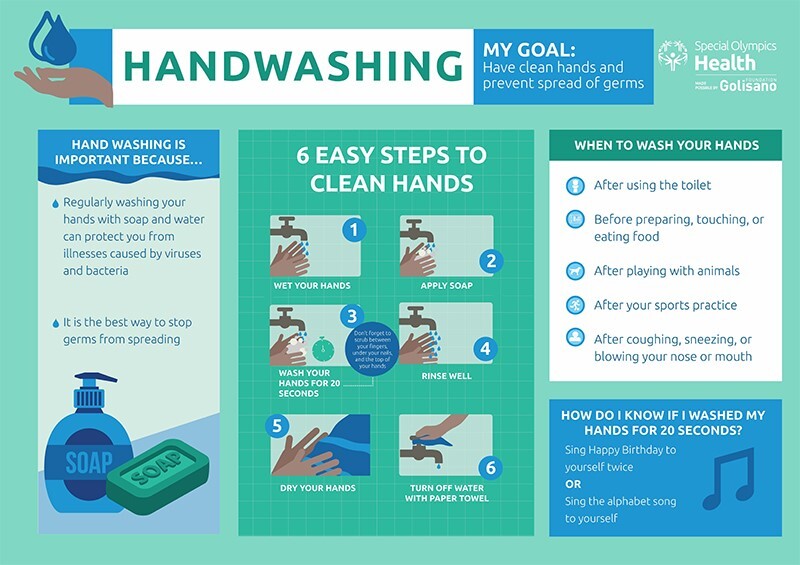Kids’ Hand Hygiene: Effective Washing Tips

Absolutely, here’s an article focusing on proper handwashing for kids:
Teaching Essential Hygiene: Effective Handwashing Tips for Kids
Handwashing is a critical habit for kids, especially during illness outbreaks. Educating children on proper handwashing techniques lays the foundation for good hygiene practices and prevents the spread of infections.
Making Handwashing Fun and Engaging
Transform handwashing into an enjoyable activity for kids. Encourage them to sing a song, like the “Happy Birthday” song twice, to ensure they wash their hands for the recommended duration of at least 20 seconds.
Demonstrating Correct Handwashing Techniques
Show children the correct way to wash their hands. Teach them to use soap and water, lather their hands thoroughly (including between fingers and under nails), scrub for 20 seconds, and rinse well.
Emphasizing Handwashing at Key Times
Highlight specific moments when handwashing is crucial, such as before meals, after using the bathroom, after coughing or sneezing, and after playing outdoors. Reinforcing these times helps establish handwashing as a routine.
Using Child-Friendly Soaps and Products
Select soaps with appealing scents or colorful packaging to encourage handwashing. Choose mild, child-friendly soaps that effectively cleanse without causing irritation to young and sensitive skin.
Involving Kids in Handwashing Routines
Encourage children’s involvement in their handwashing routines. Let them pick their soap or towel and involve them in setting reminders or creating a handwashing chart to track their efforts.
Practicing Proper Drying Techniques
Teach kids the importance of drying their hands thoroughly after washing. Use clean towels or air dryers to ensure hands are completely dry, reducing the risk of germ transmission.
Leading by Example
Be a role model for kids by practicing proper handwashing yourself. Children learn best by observing adults, so demonstrate good hand hygiene habits consistently.
Discussing the Importance of Handwashing
Engage children in conversations about why handwashing is crucial for their health. Explain in simple terms how it helps prevent illnesses and keeps them and others safe.
Incorporating Hand Sanitizer Use
Teach older children to use hand sanitizer when soap and water are not readily available. Ensure they apply the sanitizer correctly, covering all surfaces of their hands and rubbing until dry.
Utilizing Interactive Resources
For those seeking comprehensive guidance on teaching kids proper handwashing techniques, exploring “Tips for proper handwashing for kids” can offer valuable insights. This resource provides essential tips and interactive resources for effective hand hygiene.
Conclusion: Instilling Healthy Handwashing Habits
Inculcating proper handwashing habits in children is fundamental for their health and well-being. By implementing these tips and instilling a sense of responsibility, parents and educators can empower kids to maintain good hand hygiene practices.
Remember to insert the link “Tips for proper handwashing for kids” within the appropriate context of the article when publishing it!

